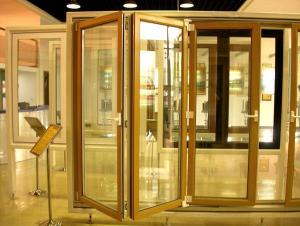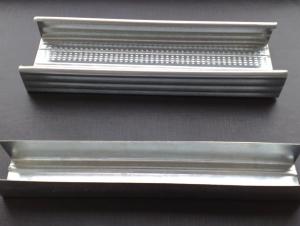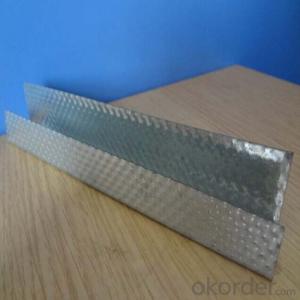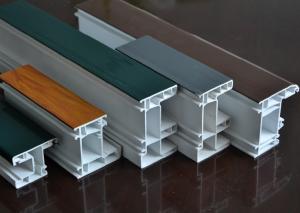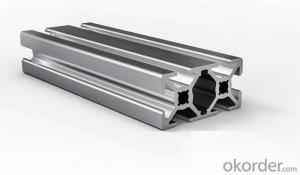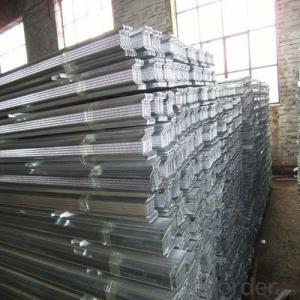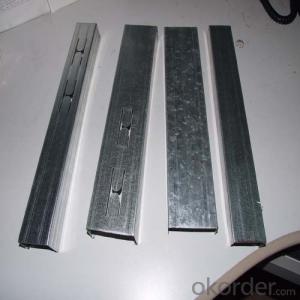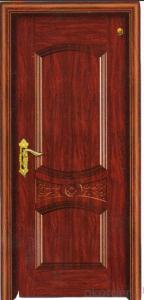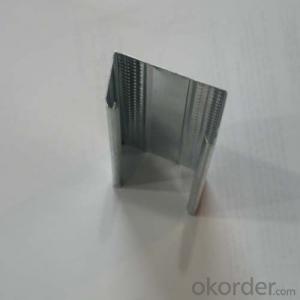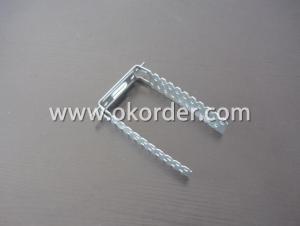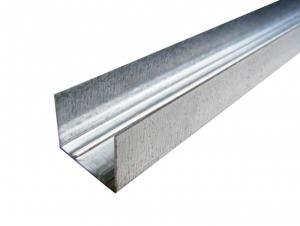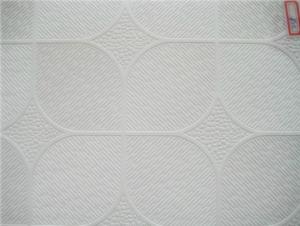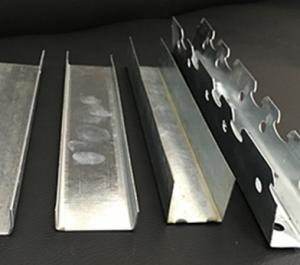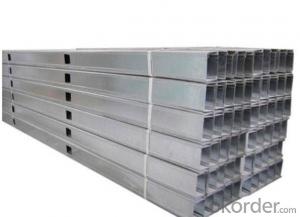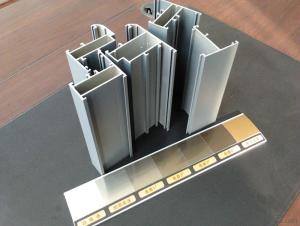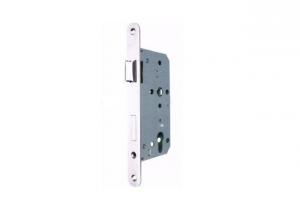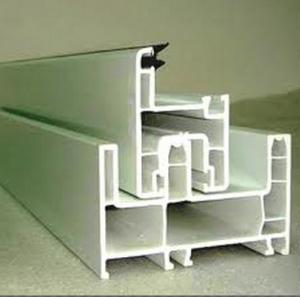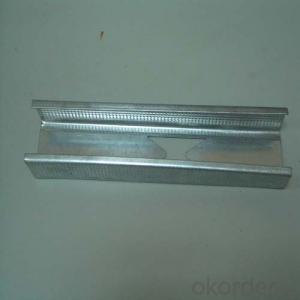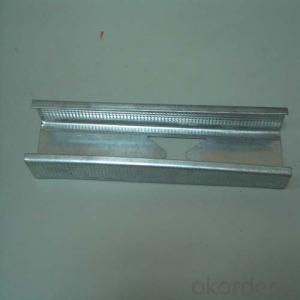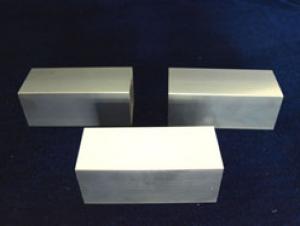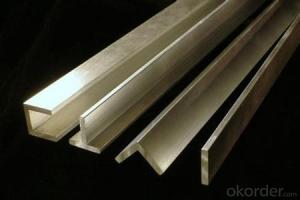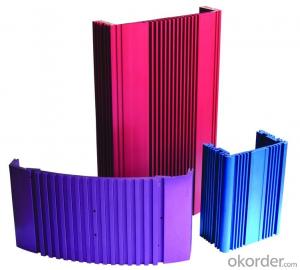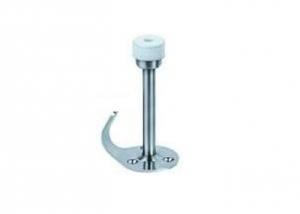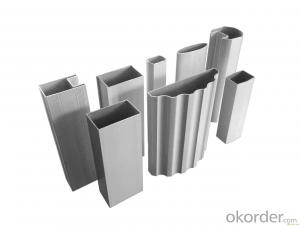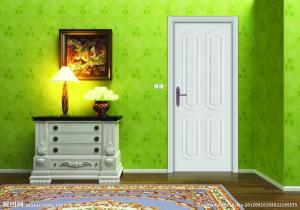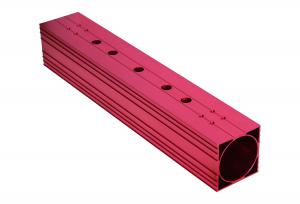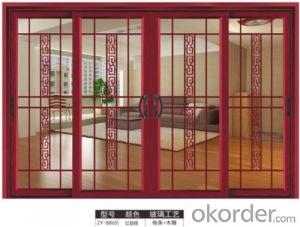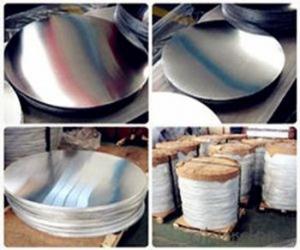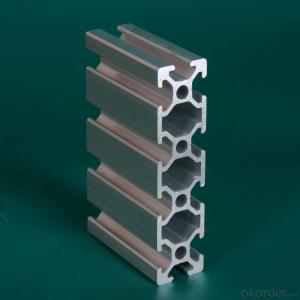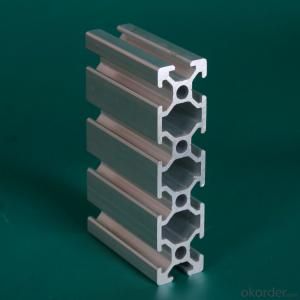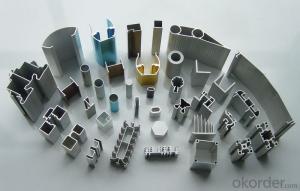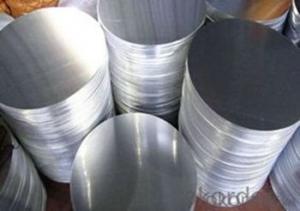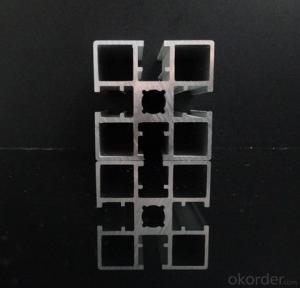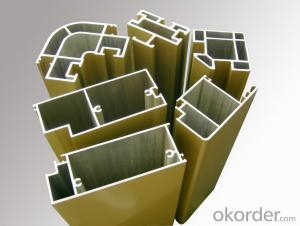Door Architrave Profiles
Door Architrave Profiles Related Searches
Victorian Architrave Profiles Decorative Interior Doors Door Shutter Designs External Doors Front Entry Doors Interior Composite Doors Mdf Skirting And Architrave Window Closers Doorman Door Closer Drainage Fittings Mechanical Door Closer Vintage Door Closer Slip Modelleri Electric Door Closers Bi Fold Doors Herculite Sliding Doors Delayed Action Door Closer Door Making Machine Industrial Door Handles And Locks Retractable Drawer Slides Best Wood Exterior Doors Front Entry Wood Doors Mobile Home Models Door Stops For Patio Doors Plug Trays Sliding Gate Track Prehung Interior Doors Exterior Door Hooks Pleated Screen Door Computer Monitor FeaturesDoor Architrave Profiles Supplier & Manufacturer from China
Door Architrave Profiles are a type of molding used to cover the joint between a door frame and a wall. These profiles come in various designs and materials, allowing homeowners and builders to choose the perfect match for their specific architectural style and requirements. They serve both a functional and aesthetic purpose, providing a smooth transition between the door frame and the wall while adding a touch of elegance to the overall appearance of the space.Door Architrave Profiles are widely used in residential and commercial construction projects, as well as in renovations and remodeling. They can be applied to interior and exterior doors, offering a seamless and polished look. These profiles are particularly useful in situations where there is a need to hide gaps or irregularities between the door frame and the wall, ensuring a clean and professional finish. In addition, they can also help protect the door frame from potential damage caused by impact or wear and tear.
Okorder.com is a leading wholesale supplier of Door Architrave Profiles, offering a vast inventory of high-quality products to cater to the diverse needs of customers worldwide. With a commitment to providing exceptional service and competitive pricing, Okorder.com has established itself as a reliable source for builders, contractors, and DIY enthusiasts seeking to enhance the visual appeal and functionality of their doors.
Hot Products

